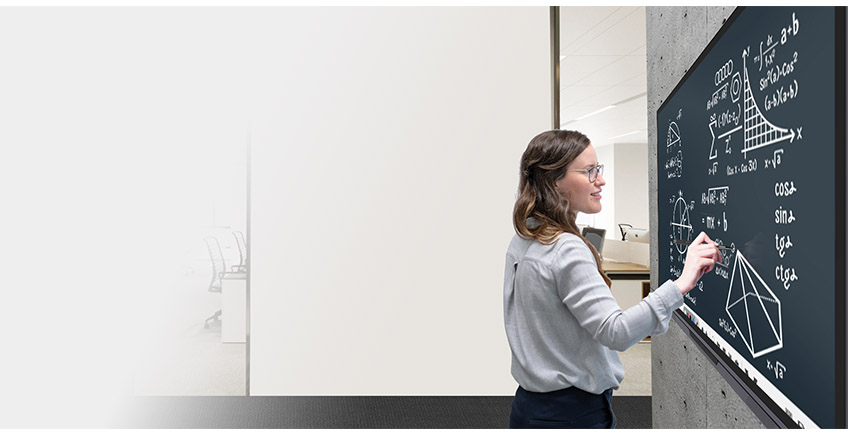There is no one-size-fits-all answer to the ideal classroom display solution. Fortunately, schools have options. Most classrooms benefit (substantially) from at least one interactive touch screen display. Many people find that more than one display is ideal for a flexible classroom and can maximize active learning. Interactive touch-screen displays—some people call them smart flat-panel TVs—bring many benefits. Let's take a look at one of the biggest advantages of using interactive touch screen displays in your school.
To improve learning outcomes, students and teachers agree that the interactive touch screen display can attract students' interest and participation. It is also an effective method that can help students learn more and actively apply what they have learned to their lives.
We know that active learning is effective. A meta-analysis of 225 studies concluded that it reduced the failure rate by 55% compared to passively receiving information. It also demonstrates the many ways in which active learning promotes higher-order thinking.
Early research showed that when 85 teachers used interactive displays in 170 classrooms, their grades improved by 6 points. This jumped to 26 points when teachers used charts, graphs, videos, and other visual effects to reinforce the information. In the best case, the success rate soars to 31%. Through the addition of "interactive reinforcements" and audience response voting, student performance reached the highest level.
That was in 2009. Today, teachers can make greater use of the learning potential of interactive displays. The display itself provides a higher level of collaboration and interactivity. In addition, there are a large number of advanced interactive learning applications. Plus easy-to-use content sharing software. And a response system available at any time. Almost all courses support better learning.
